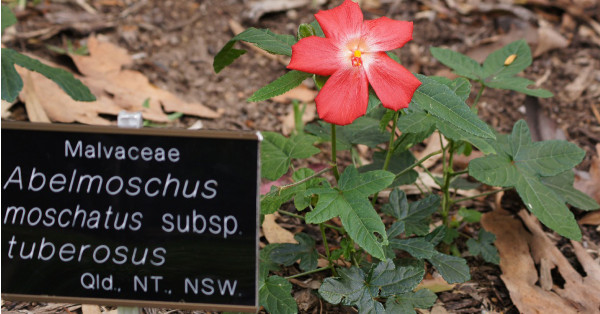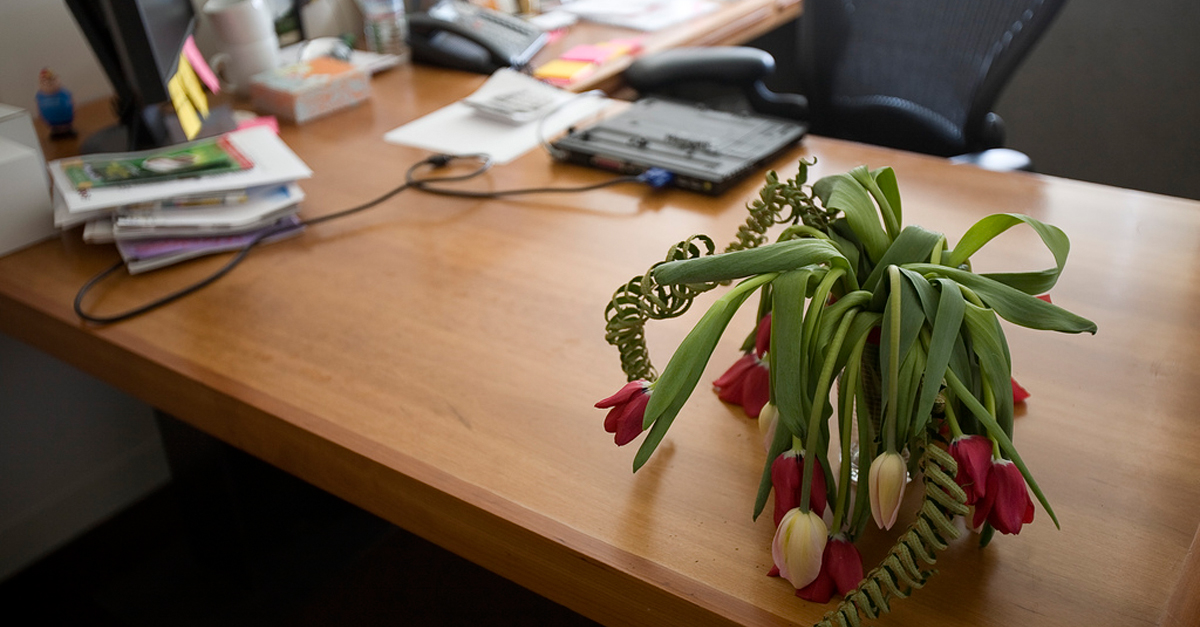
Are You Making These Mistakes In YOUR Garden?
After the end of a long, gray winter most people start fantasizing about bright, sunny days in the garden surrounded by beautiful plants and flowers that neighbors would be jealous of. A lot of garden plants require little but regular care. You just need to pay attention to a few signs to ensure plants receive the type of care they need. Don’t worry if you think you don’t have a green thumb: practice makes perfect. The following basic rules can make you a proud plant owner in no time.
Tag or Label Your Plants

Different plants need different growing conditions in order to thrive. Remembering the name of the plant means you can research things like best pruning times, ideal soil conditions and types of feed needed.
Remember to Water Your Plants

Everybody knows that most plants love water. Water helps vegetation absorb nutrients from the soil. Ensuring a regular supply of water, especially in dry, hot climates, is one of the best ways to help your plants thrive. According to Gardening Knowhow, plants affected by not enough water may have yellowing leaves or dried leaves toward the bottom of the plant.
Watch Out for Too Much Water

Over watering can be a real problem in wet and humid climates or where abundant rains create flooding in poorly drained pots or in particular sections of your garden. This can lead to issues related to mold, fungi and rotten roots. Recognizing this problem is generally easy since the soil appears constantly moist or waterlogged.
Keep Those Bugs Away

Most gardeners have had some experience with bugs feasting on their plants, flowers or vegetables. A multipurpose pesticide can be used effectively on most plants and can prevent and eliminate aphids and other commonly found pests. Nonchemical products are also widely available in specialty stores.
Some Plants Love Light …

Different types of plants and flowers have different levels of tolerance when it comes with sunlight. Plants that do well in sunny, bright conditions need to be placed in exposed areas of your garden or close to glass doors or windows. You may want to move a plant you had relegated to a dark corner of the room if isn’t thriving and shows signs of wilting or yellowing of its leaves.
… Others Prefer a Place in the Shade

A lot of indoor plants prefer a place away from direct sun. Shade-loving plants may show signs of discomfort when placed in very warm, bright environments. These include burnt-like foliage and wilting.
Plants Can Get Sick Too

The signs of plant infections, such as blight, rust or blackspot are quite easy to recognize. Branches start to wither, leaves change color and flowers discolor or wither. Pesticides, good air circulation and eliminating diseased parts are a good way to help the plant recovering.
Time for a Bigger Pot?

According to Sunday Gardener, signs that you need to move your plants to a bigger plot include slower-than-normal growth during the growing season and roots that are in a huge, tangled mass.
Are Your Plants Hungry?

Some types of plants and flowers may benefit from natural or store-bought compost or feeds. Plant feeding is a great way to enrich the soil with additional nutrients. Underfed plants can display signs of slow growth, poor blossoming, or flowers that are too weak and small.
Crowded plants that are too close to each other compete for light, water and nutrients from the soil. Overcrowding in your garden can mean slower and weaker growth, less flowers and more chance of bug infestation. Dividing garden space in sections is a good way to leave enough space for your plants to thrive.
